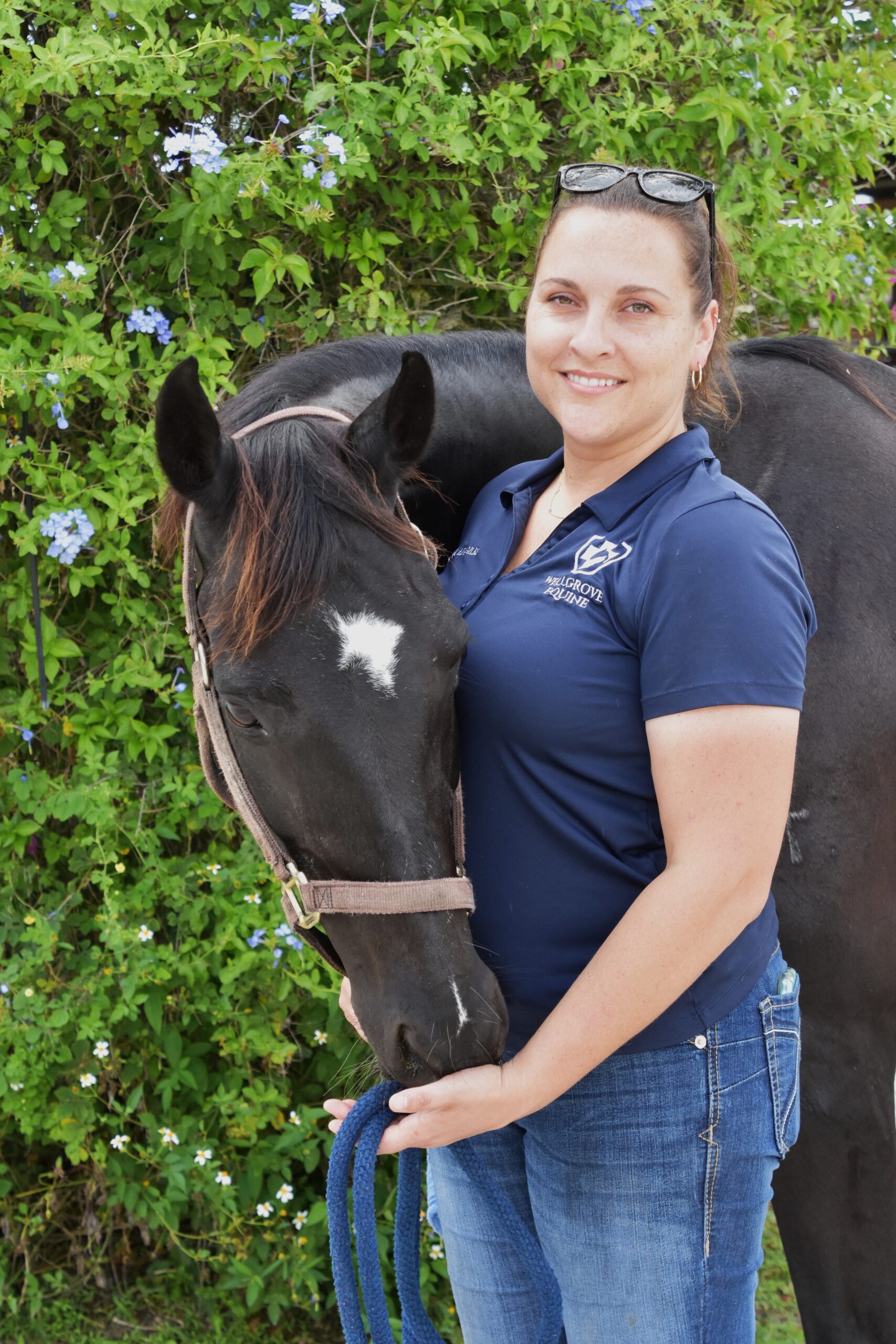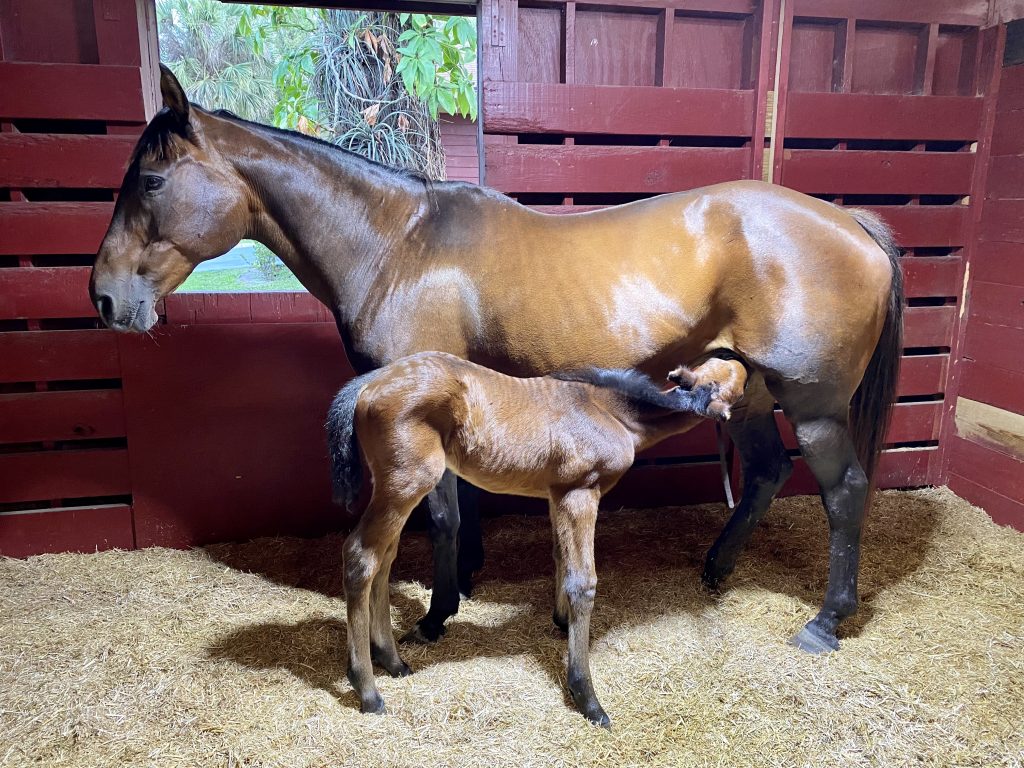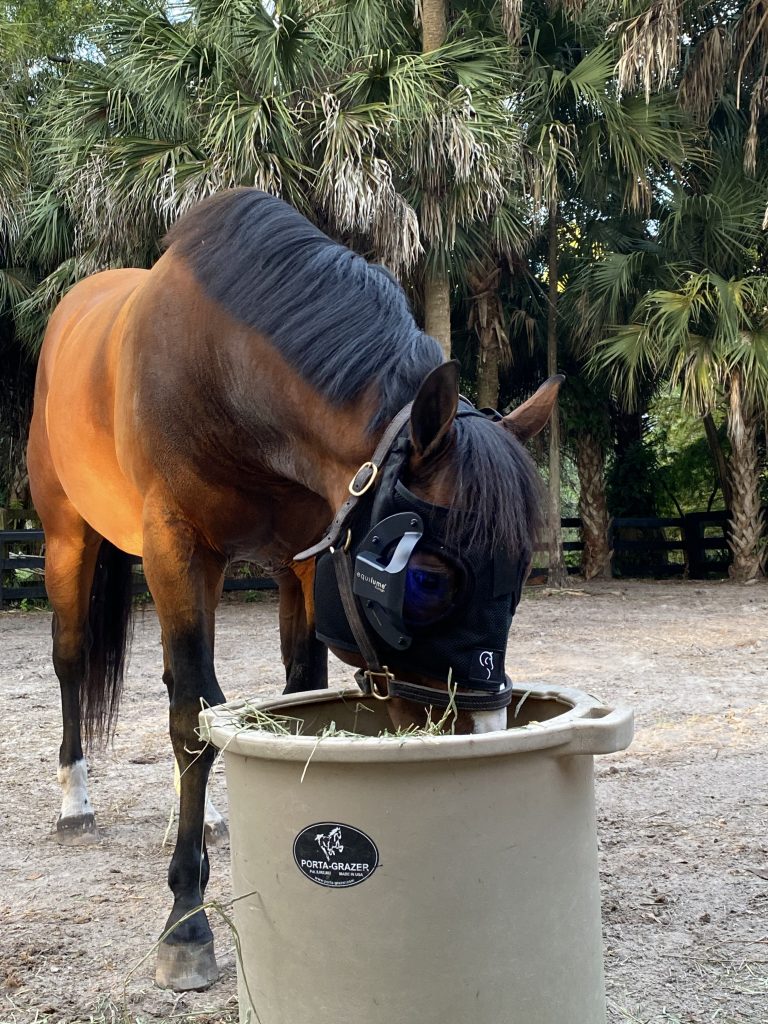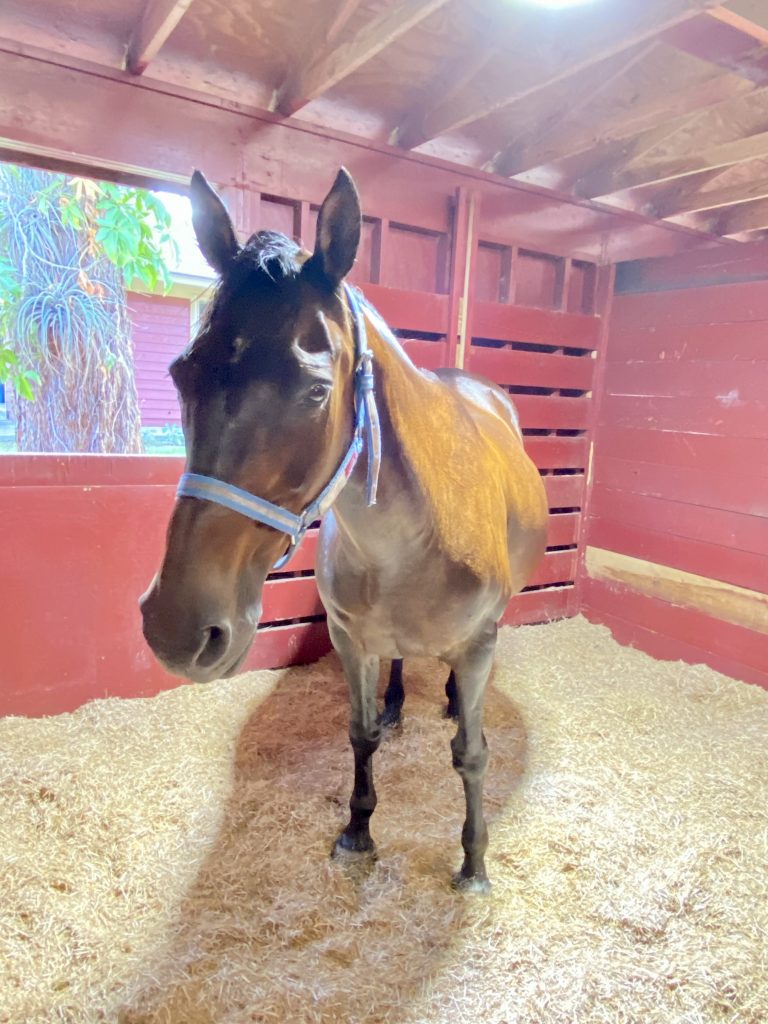Putting Your Mare “Under Lights” with Dr. Jacqueline Giles

Why Is This Important If I Want To Breed In February or March?
Planning to breed your mare this February or March? Now is the time to start preparing! Let’s talk about putting your mare “under lights”.
Horses are “long day breeders”, meaning that mares naturally reproductively cycle during the time of year when the days are longer (April through August). During the winter when the days are short most mares enter a state of anestrus where they do not cycle, and therefore cannot become pregnant. When left to their own devices they may not start properly cycling again until April or May, and sometimes even later.
If you’re one that wants an early foal, regardless of if its for the January 1st birthday or to avoid issues associated heat stress during the summers that we must deal with so often in South Florida then you will probably want to consider manipulating her normal cycling schedule to encourage an earlier breeding date.
Why not just use hormones instead?
While there have been numerous injectable hormone protocols suggested over the years, with varying success rates and often substantial costs, we frequently advocate for a more dependable approach — using artificial lighting, commonly referred to as putting the mare “under lights”. The concept behind this method is to promote an earlier arrival of Spring by extending daylight hours. This perception by the mare’s body leads to fertile reproductive cycles by February/March rather than waiting until April/May, thus making artificial lighting a more reliable alternative to hormonal protocols.
Interested? Here’s how…
In the simplest terms, she must be exposed to 16 hours of uninterrupted “daylight” every day from Thanksgiving through April 1st. Since we do not get 16 hours of daylight this time of year the artificial lighting is used to make up the remaining hours of light needed.
The general rule of thumb to achieve 16 hours of light a day is for the lights to turn on slightly before dusk and to be turned off at 11pm.
Adding artificial light to the end of natural day light is more effective than adding it on before the sun comes up.
There should be no delay between the natural and the artificial light. Therefore, you have to have your lights on before the sun starts to go down. This is often accomplished using timers that automatically turn the lights on and off as needed to help prevent human error which can lead to failure of your entire lighting protocol.
The degree of light is also crucial for success. You must be able to read a fine print newspaper everywhere within the stall. This can be accomplished using 100 or 200 watt light bulbs above or within the stall. Either fluorescent or incandescent bulbs can be used, it just needs to be bright enough.
There cannot be any dark corners within the stall where the mare can hide, nor an open top door that she can stick her head outside to avoid the light.
For how long do I need to keep my mare under lights?
This lighting protocol takes a minimum of 60 to 70 days to fully take effect, therefore we recommend starting around Thanksgiving (or as soon after as possible) and should be maintained until April 1st at minimum (or until she is pregnant if prior to April 1st). If the lighting is discontinued before this time, some mares will revert back into a state of anestrus and you will be back to square one.
Does this only apply if I’m breeding in February or March?
If you have a pregnant mare, that is due to foal between January and April and that you intend to breed back immediately after foaling, you should strongly consider putting her under lights as well.
What if my mare lives in pasture and I don’t have a stall?
Is your mare on pasture full time? Or at a facility where stall lights are just not a possiblity? Consider a different approach.
The company “Equilume” offers face-masks with built in lights which applies the required amount of light stimulation to a single eye, and has shown similar results when compared to the stall lighting method. These masks are not cheap to purchase, but are well worth the investment in some situations. We can help you get you one if it is indeed the way forward for you and your mare.




